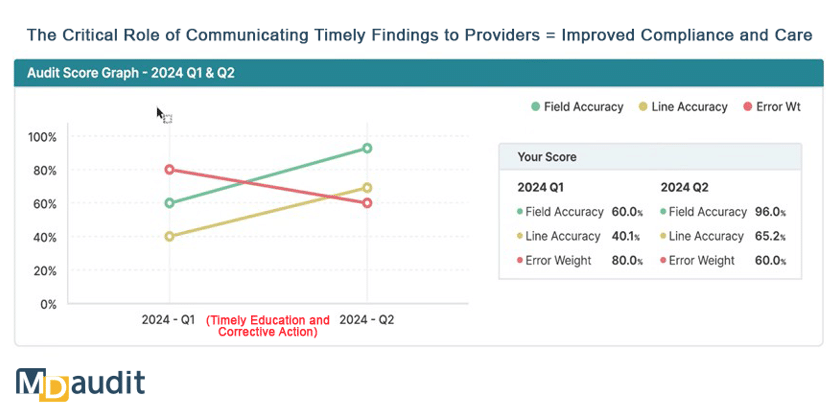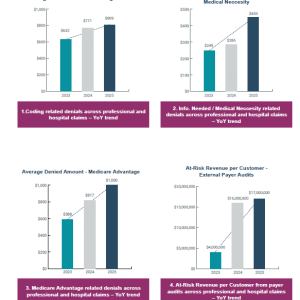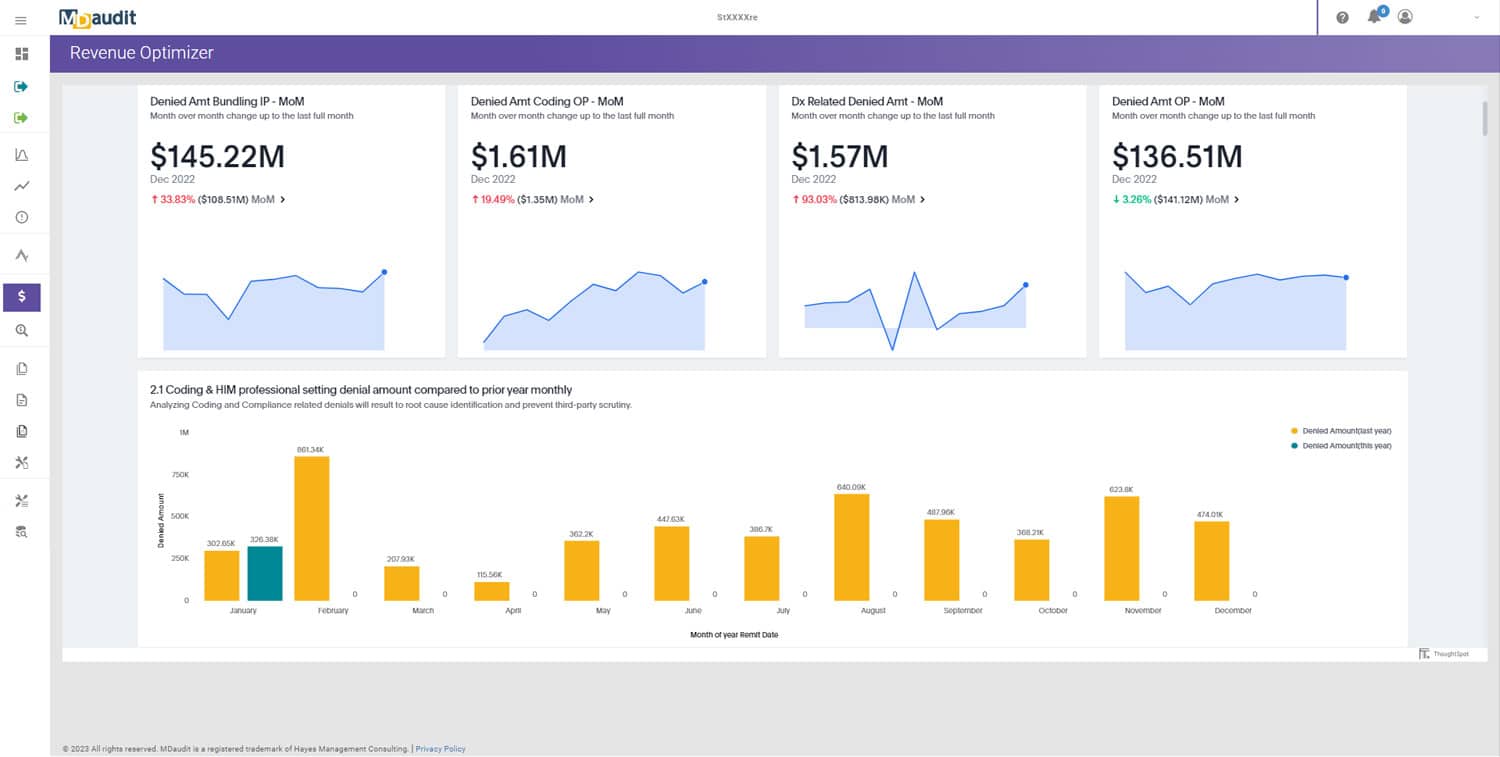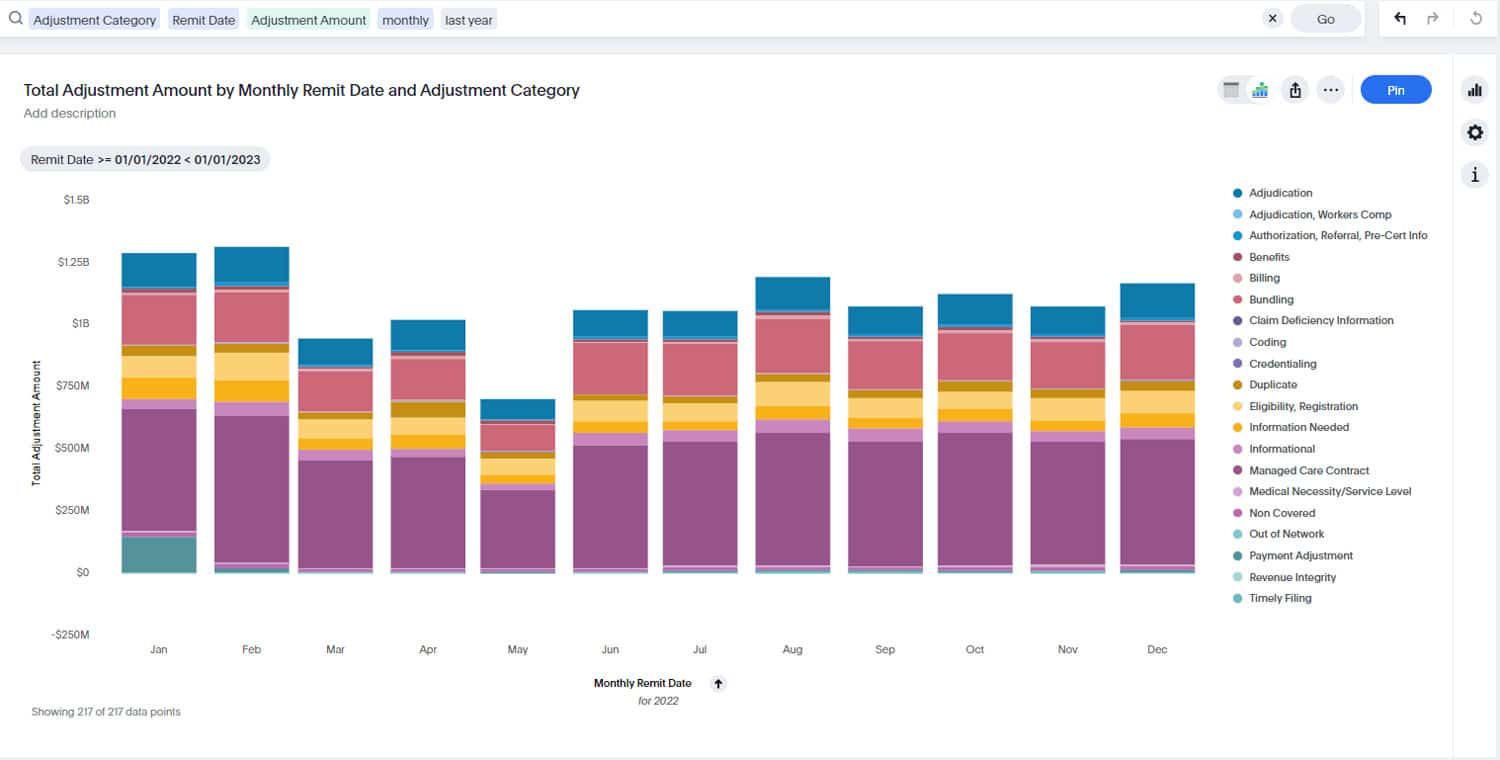Healthcare compliance and revenue integrity professionals face mounting pressure to ensure provider adherence to billing regulations while maintaining strong educational engagement. Many auditors struggle to manually review extensive provider data, leaving little time for meaningful corrective action and education. Healthcare organizations risk inefficiencies, compliance violations, and lost revenue without a structured framework; data is the main component that brings this framework together.
The Challenge: Manual Audits and Limited Education Time
Healthcare organizations often encounter three significant hurdles in managing education and corrective action plans (CAPs) effectively:
- Manual Audits with Many Providers: Reviewing extensive claims and provider performance data without automation is time-consuming and inefficient.
- Lack of Time for Corrective Actions: Auditors frequently lack the bandwidth to follow up with providers after identifying errors, delaying necessary improvements.
- Inadequate Educational Support: Without a structured educational framework, providers may not receive the timely guidance needed to improve compliance and performance.
The Solution: Optimizing Education and CAPs with Data-Driven Insights

A strong CAP should go beyond simply identifying provider errors—it should equip providers with the knowledge needed for long-term improvement in a timely manner. A risk-based approach combined with the power of automation and data-driven insights enables healthcare organizations to streamline education and CAP execution, automate audit processes, and enhance provider education. By leveraging technology to aggregate audit findings, benchmark provider performance, and deliver customized education, healthcare organizations can create a culture of compliance that benefits both providers and the bottom line.
Framework For Success:
- Aggregating Audit Results and Pulling Randomized Sample Sizes: Instead of spending time on exhaustive manual audits, auditors can harness technology to focus on targeted (statistically significant) samples to uncover compliance trends. Rather than treating each audit separately, auditors can combine findings to identify recurring patterns and pinpoint areas needing the most improvement.
- Benchmarking for Risk Prioritization: With technology, auditors can identify high-risk providers by comparing performance against industry standards, including the Centers for Medicare and Medicaid Services (CMS) and peer benchmarking. Providers will be able to see how they compare to their peers and CMS benchmarks, fostering accountability and motivation for improvement.
- Customizing Education Packages with Timely Execution and Healthy Dialogue: Technology enables tailored educational materials based on provider performance. Ensuring that the most critical areas for improvement are addressed with education and CAPs as soon as audit findings are confirmed, preventing recurring compliance issues. Fostering an open, collaborative approach where providers feel supported rather than penalized can be achieved using concrete audit data to illustrate trends and improvement opportunities clearly. Continuous training sessions and timely follow-ups ensure that providers retain and apply compliance best practices.
A well-structured education and CAPs educational framework allow compliance teams to move beyond reactive corrections toward proactive education and risk mitigation. Technology is a powerful tool that combines multiple solutions tailored to each organization’s needs. Automating risk-based audits (removing exhaustive manual processes), leveraging data-driven insights to streamline error detection and correction, and fostering timely, customized education can help you significantly optimize your education and CAPs approach.
Ready to strengthen your education and CAPs strategy? Learn how our technology can help you automate audits, optimize corrective actions, and enhance provider education.






